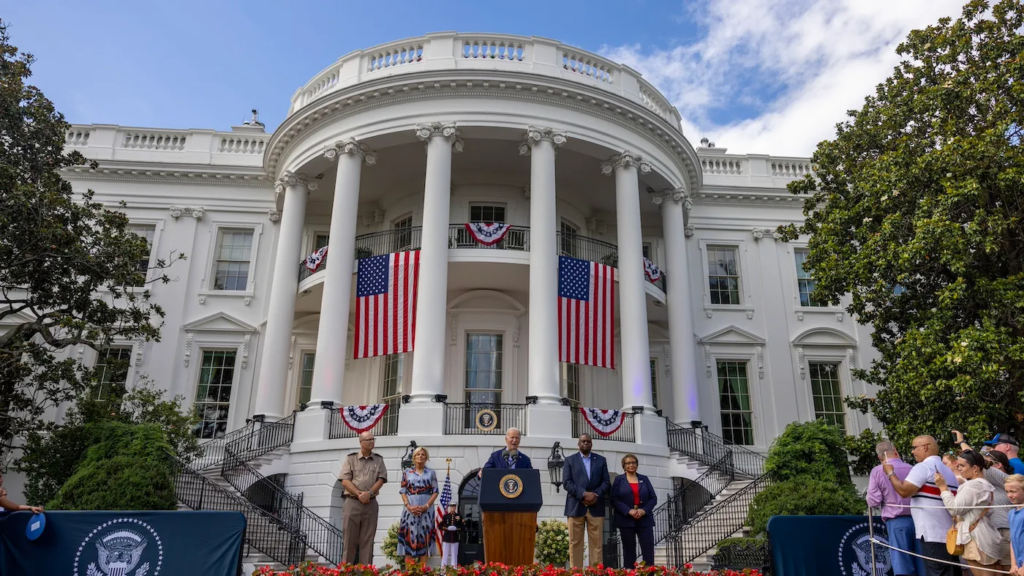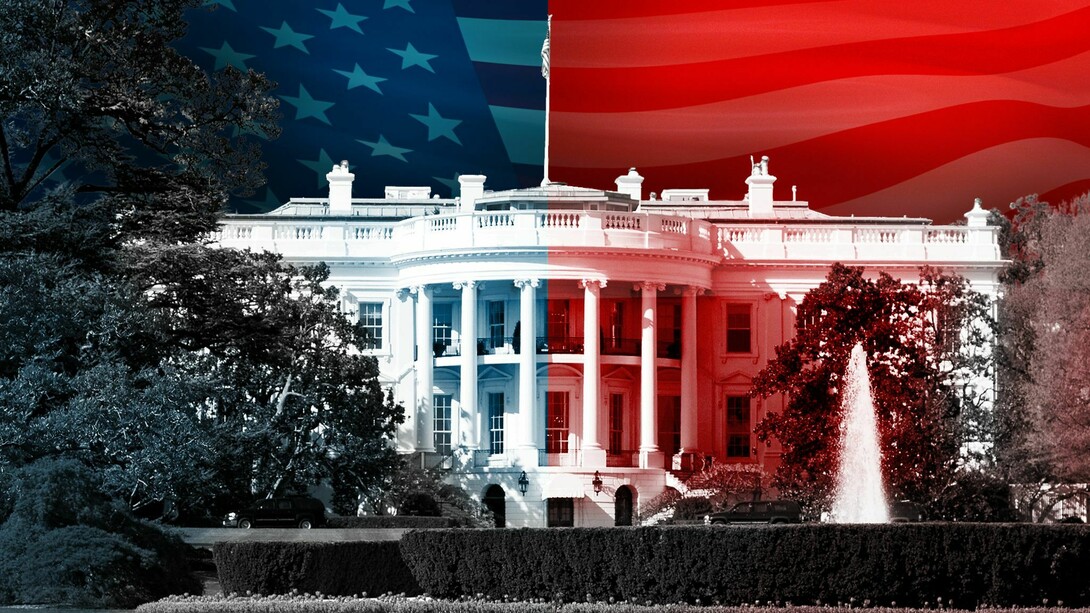The White House, located at 1600 Pennsylvania Avenue NW in Washington, D.C., is the official residence and workplace of the President of the United States. https://www.whitehouse.gov/administration/ It stands as one of the most recognizable symbols of American democracy, governance, and history. Since its completion in 1800, it has been the home of every U.S. president, serving as a place where decisions that shape the nation and the world are made. This article explores the White House’s history, architecture, cultural significance, and the pivotal role it plays in American politics. White House
The Construction and Early Years of the White House
The construction of the White House began in 1792, with President George Washington overseeing the initial plans. However, Washington never lived in the residence. The Irish-born architect James Hoban designed the building in the neoclassical style, drawing inspiration from Leinster House in Dublin, Ireland. Hoban’s vision was to create a grand and stately mansion that would serve as a symbol of the new nation’s strength and stability. https://www.whitehouse.gov/about-the-white-house/our-government/the-legislative-branch/
President John Adams became the first president to live in the White House when he moved in in 1800. At the time, the building was not fully completed, and it lacked many of the amenities it has today. Abigail Adams famously used one of the large, unfinished rooms to hang laundry. Nevertheless, the building quickly became an iconic part of the federal government.

In 1814, during the War of 1812, British forces set fire to the White House, causing extensive damage. The destruction was so severe that much of the interior had to be rebuilt. James Hoban was again called upon to oversee the reconstruction, and by 1817, during President James Monroe’s administration, the White House had been restored to its former glory.
Architecture and Design
The White House is a striking example of neoclassical architecture, characterized by its symmetrical design, grand columns, and formal, elegant appearance. The main residence consists of three main floors: the Ground Floor, State Floor, https://www.whitehouse.gov/priorities/ and Second Floor, along with two wings, the East Wing and West Wing, which were added later. The residence is made of sandstone and was painted white to protect it from the elements, which eventually led to its name, “the White House.”
The East Wing houses offices for the First Lady and her staff, as well as social event spaces. The more well-known West Wing contains the Oval Office, the Situation Room, and the offices of the President’s senior staff. The Oval Office, with its distinctive elliptical shape, has become one of the most iconic rooms in the world, where presidents meet with world leaders and address the nation.
Throughout its history, the White House has undergone numerous renovations and expansions to accommodate the changing needs of the presidency. For example, in 1902, during President Theodore Roosevelt’s administration, the West Wing was constructed to create more office space for the growing executive staff. During the 1940s, President Harry S. Truman directed a massive structural renovation after it was discovered that the building was at risk of collapsing due to years of wear and poor maintenance. This renovation essentially rebuilt the interior while maintaining the historic exterior.

The White House as a Center of Governance
As the residence and workplace of the President, the White House is at the center of the executive branch of the U.S. government. It is where the https://www.whitehouse.gov/briefing-room/ President signs bills into law, meets with advisors and foreign leaders, and addresses the American people on matters of national and international importance.
The Oval Office, in particular, is a focal point of presidential power and decision-making. Many of the most crucial moments in American history have taken place within its walls, from signing landmark legislation to planning military strategies during times of war. The Situation Room, located in the basement of the West Wing, serves as a secure location for managing national security crises and coordinating military operations.
In addition to its role as a center of governance, the White House is also a symbol of the peaceful transition of power. Every four or eight years, the outgoing president leaves the White House, and the incoming president moves in, symbolizing the democratic process and the continuity of leadership in the United States. The inaugural procession to the White House has been a time-honored tradition since the early 19th century.

Cultural Significance
Beyond its political importance, the White House holds significant cultural value as a symbol of the American presidency and the nation’s history. The White House is often featured in movies, television shows, and literature, where it serves as a backdrop for moments of leadership and decision-making. Its image is synonymous with power and prestige, both domestically and internationally.
The White House has also been a stage for many historic events. Over the years, it has hosted state dinners, receptions, and cultural performances, including the famous Kennedy Center Honors and numerous gatherings of artists, musicians, and dignitaries from around the world. In 1962, First Lady Jacqueline Kennedy famously invited TV cameras into the White House for a televised tour, showcasing the elegance and history of the residence to millions of Americans.
First Ladies, in particular, have often played a significant role in shaping the cultural and social aspects of the White House. Many First Ladies have used their position to champion causes ranging from historic preservation to education and health care. https://www.whitehouse.gov/briefing-room/ For example, Jacqueline Kennedy’s restoration of the White House in the 1960s helped to preserve its historical integrity, while Michelle Obama’s initiatives focused on healthy living and education for children.
The White House is also a museum of American history, with rooms filled with artwork, artifacts, and historical documents. The Blue Room, Red Room, and Green Room are among the most famous public rooms, each with its own unique style and historical significance. The White House Historical Association works to preserve these spaces and ensure that the public has access to the rich history contained within the residence.

The White House Today
Today, the White House continues to serve as both a functioning seat of government and a symbol of the American presidency. It remains one of the most visited tourist attractions in Washington, D.C., drawing millions of visitors from around the world. Tours of the White House are available to the public, though they must be requested through a member of Congress or a U.S. embassy for international visitors. Visitors can tour many of the public rooms and learn about the history of the building and the presidents who have lived there.
Security around the White House has tightened significantly in recent decades due to the evolving nature of global threats. The area surrounding the White House is heavily guarded, and the building itself is equipped with cutting-edge security systems to protect both the President and the staff working inside. Despite these security measures, the White House remains a symbol of openness and accessibility, reflecting the ideals of democracy and transparency that the United States strives to uphold.
Conclusion
The White House is much more than just a building; it is a symbol of American ideals, governance, and history. From its humble beginnings in the early years of the republic to its current status as a global icon, the White House has played a pivotal role in shaping the course of American history. As both the home of the President and a public institution, it represents the heart of the U.S. government and the principles of democracy that define the nation. Its enduring legacy as a center of power, culture, and history ensures that it will continue to be an important symbol of the United States for generations to come.

